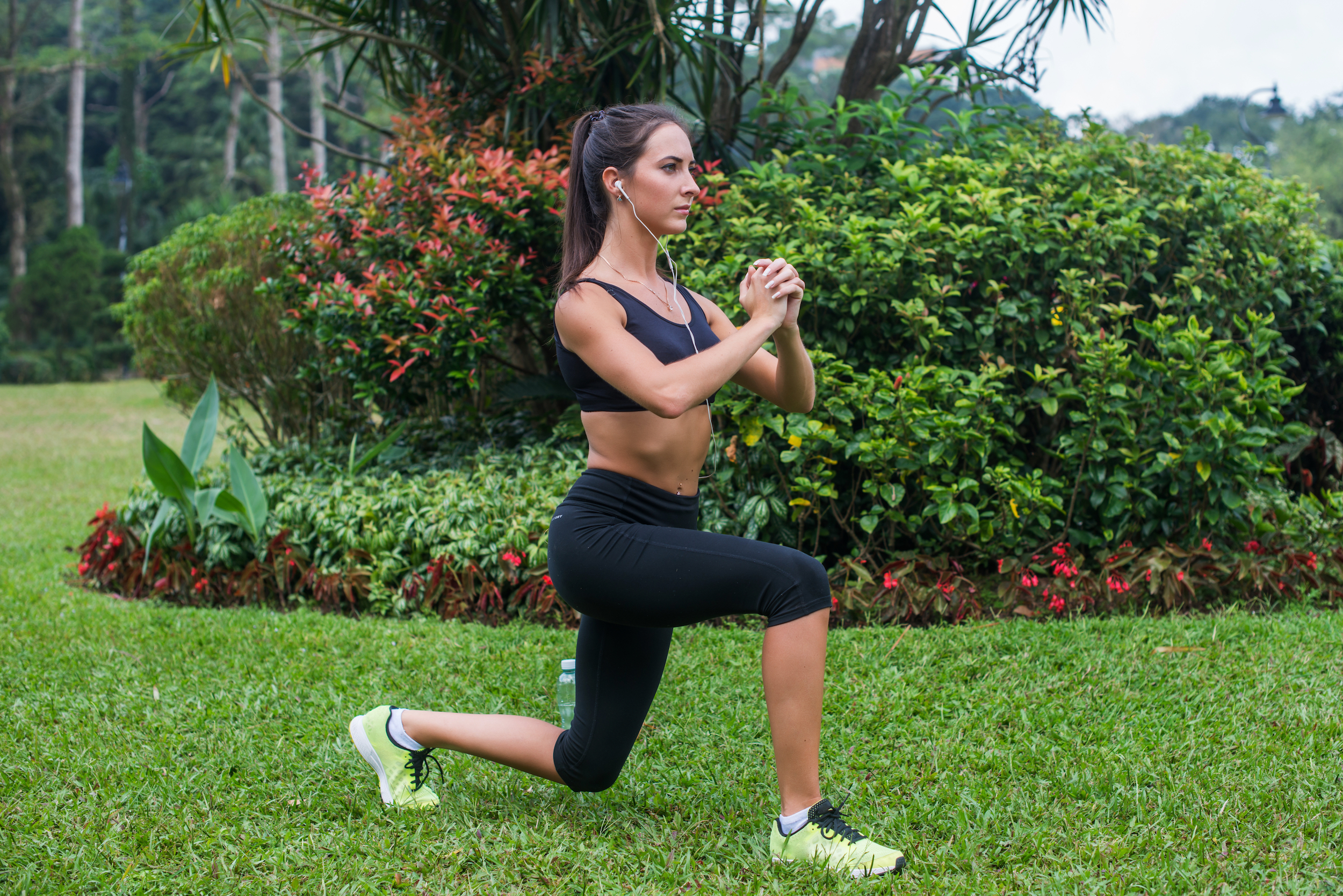Forget running — I tried this 30-minute steady-state workout to burn calories, here are my results
Not a fan of running or swimming, try this

While HIIT workouts get all the glory, steady-state cardio is actually as important when it comes to building a balanced workout routine. When we talk about steady-state cardio, we’re referring to any form of cardio of low to moderate intensity, that can be sustained for an extended period. Ideally, you’ll work at an intensity of around a 5 or 6 out of 10 for the entire workout, but if you’re not a fan of running, using one of the best exercise bikes, or swimming, the good news is that there are other workouts you can try.
Low-impact, stead-state cardio (LISS) has a number of benefits — it’s less stress on the body than HIIT workouts and allows the body to adequately recover. It also helps you build endurance in both your heart and your muscles, and develop your slow-twitch muscle fibers. You’ll also burn fat with this form of cardio, however, your workouts are likely to be longer than your average HIIT session. To find out more, I added a 30-minute steady-state cardio workout to my routine — read on to find out what happened to my body.
As a reminder, what works for me might not be right for you and your body. I am currently five and a half months pregnant, so had to modify certain exercises in this workout to make it work for my body. My normal routine includes a couple of cardio sessions a week, whether this is a gentle run or swim, and a couple of strength sessions or a Pilates class. If you’re new to exercise or returning to exercise following an injury, it’s worth checking with a personal trainer or a doctor before adding a new workout to your routine.
What is the LISS workout?
The workout is a full-body, bodyweight workout that doesn’t require you to repeat any exercises, so you won’t get bored. You’ll do each exercise for 45-seconds, before moving straight on to the next one, without any break to keep your heart rate elevated throughout.
You can follow along with Caroline Girvan in real-time, but if you want a taster, here’s a few of the exercises to expect:
No jumping jacks
For this exercise, start with your legs hip-width apart, and your core engaged — think about sucking your belly button in towards your spine. Holding your torso upright, raise both arms above your head and tap one leg out to the side of your body, then bring it back in to your starting position, and repeat on the opposite leg. Keep switching sides for the full 45-seconds.
Lateral lunge to kick
To do a lateral lunge, begin by standing tall, with your feet no more than hip-width apart. Engage your core to help keep your back straight throughout the movement. Loosely clasp your hands in front of your chest, or place them on your hips, and take a big side step to the left. Maintaining an upright torso, sink your hips back and lower into the lunge. Ideally, your left leg should eventually be bent at a 90-degree angle, though you may find this is not an option to begin with. You should not feel pain or discomfort, so only lower to a point that is comfortable.
Sign up to get the BEST of Tom's Guide direct to your inbox.
Get instant access to breaking news, the hottest reviews, great deals and helpful tips.
Your left knee should be in line with your left foot and should not extend beyond your toes. Your standing leg (the right in this case) should remain straight, though not locked, and your foot firmly on the floor, toes pointing forward. Now push your left foot into the floor and return smoothly to the starting position. As you do, kick your leg out in front of your body. That’s one rep.
Mountain climbers
To do a mountain climber, start in a plank position, with your hands shoulder-width apart, your back flat, and your core engaged (think about sucking your belly button into your spine). From here, bend your left knee and bring it into your chest, as far as you can. Pause, then straighten your leg back to its starting position and bring your right knee in underneath your body. Keep repeating this movement and build up speed until you’re running your knees in and out.
As you move your legs, think about keeping your core engaged and your hips still to avoid putting any pressure on your lower back. It’s easy to shift your weight back slightly with the motion, but be sure to stay in a plank position, rather than a downward dog. Read more about how to do a mountain climber and the modifications to try here.
What are the benefits of steady-state cardio?
One of the main benefits of this workout is that it’s suitable for all fitness levels. Steady-state cardio, by it’s nature, requires you to work at a level that’s right for your body — it should feel challenging, but also like you could continue to maintain the intensity for the entire workout.
As well as the benefits mentioned in the intro, steady-state cardio is a great form of active recovery — the chances are you’ll be able to work out the next day, without feeling too fatigued. This form of exercise is also great for boosting your mood, and reducing stress and anxiety. When paired with good nutrition, steady-state cardio workouts can help weight loss.
I tried this 30-minute steady-state cardio workout — here’s my results
I wasn’t sure what to expect when clicking play on this workout — as mentioned in my intro, most of the cardio in my workout plan comes in the form of running (I’m a marathon runner), or since my pregnancy, swimming. I love nothing more than plugging a good podcast in and tuning out from the world, whether that be in the pool, or on the run. This workout, however, was a little different. It definitely kept my heart elevated throughout, and I worked most of the major muscle groups in my body using the different bodyweight moves.
That said, from a calorie-burning perspective, I didn’t burn as many calories as I would have done running or swimming. According to my Apple Watch Ultra 2, I burned 109 calories in the 30–minute workout; however on a recent swim, where I did breaststroke at a pace of 2:18/100 yards, I burned 272 calories. Of course, burning calories isn’t the goal of every workout, and I exercise for my mental health as well as my physical health, but if you are looking to lose weight, I’d argue walking at a faster pace, or jogging would burn more calories.
More from Tom's Guide

Jane McGuire is Tom's Guide's Fitness editor, which means she looks after everything fitness related - from running gear to yoga mats. An avid runner, Jane has tested and reviewed fitness products for the past five years, so knows what to look for when finding a good running watch or a pair of shorts with pockets big enough for your smartphone. When she's not pounding the pavements, you'll find Jane striding round the Surrey Hills, taking far too many photos of her puppy.
